Vishnu – also blue, like the na’vi.
Now, if you’re a young person, you might have only come across the word ‘avatar’ in the context of James Cameron’s big blue na’vi, or the icon you use to represent you on social media, internet forums, and so on. In fact, ‘avatar’ is much older than that. Like, super old. It first appeared in English in the late 18th century (1784 to be precise) and comes from a Sanskrit word meaning ‘descent’. It was generally used to describe a deity coming to earth – specifically Vishnu, one of the top bods in the Hindu religion. Vishnu is the protector of the universe and whenever the world is threatened, he comes to visit in the form of one of ten different avatars to sort it all out.
(Ummm, are you there, Vishnu? I think we could definitely do with a little bit of help at the moment…)
‘Avatar’ later came to mean any incarnation in human form, and after that any concept or philosophy embodied in a different form (not necessarily human). We can thank the game Second Life for the popularity of the modern-day meaning as an icon representing someone online. Its creator, Philip Rosedale, defines a gaming avatar as ‘the representation of your chosen embodied appearance to other people in a virtual world’. It’d been used in a gaming sense for a while before that though – one Chip Morningstar (What. A. Name.) first used it in a game called Habitat (nothing to do with the furniture store), a forerunner of today’s MMORPGs (massively multiplayer online role-playing games in case you’re not a gamer – probably the most famous of which is World of Warcraft). Even though Chip gets the credit for coining the term ‘avatar’ for people’s online personas, it wasn’t the first time it was used in gaming. That honour belongs to a 1979 game called, you’ve guessed it, Avatar.
Oh, and there’s also a vegan Swedish death metal band called Avatar.



